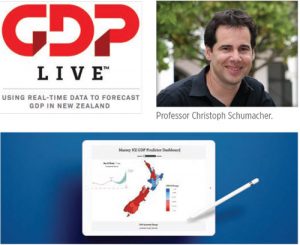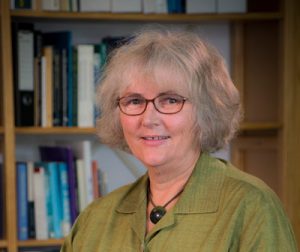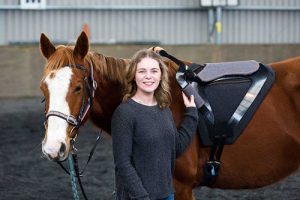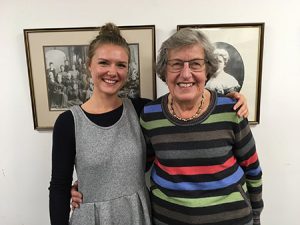The first four School of Aviation students selected by Jetstar New Zealand for the Qantas Future Pilots Program are now working as first officers for the airline.
Cameron Nayler, Chase McDonald, Vanessa BrillHolland and Darcy Clure completed the third and final stage of the Qantas’ Airline Transition Course in November 2018 at the airline’s training centre in Sydney.
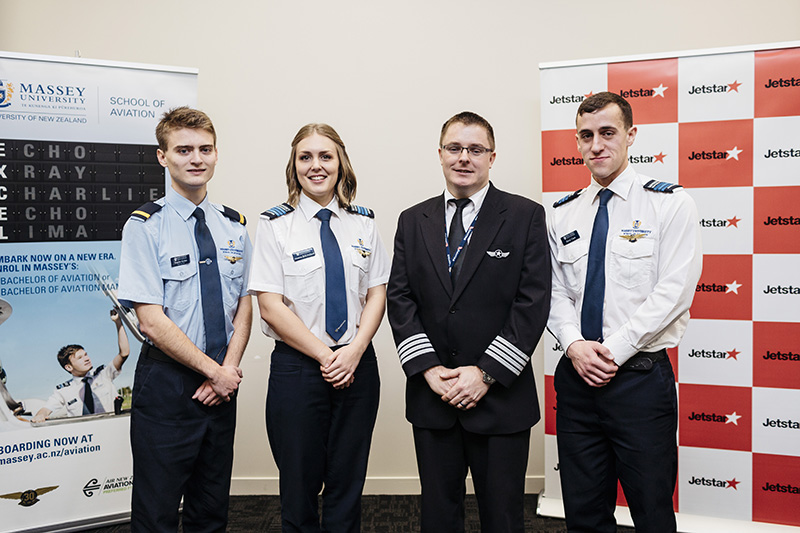
Aviation students Grayden Ecklein, Vanessa Brill-Holland and Darcy Clure with Captain Ian Griggs (second from right).
Senior base pilot for Jetstar New Zealand, Captain Ian Griggs, says Qantas’ chief pilot was impressed with the group’s professionalism and motivation and is looking forward to the next four Massey students entering the Qantas Future Pilots Porgram. Two students, Grayden Ecklein and Jacob Houghton, have already been selected.
Massey University was the first tertiary institution outside of Australia to join the program when it signed a partnership deal with the airline in May 2018. It offers aviation students a pathway to flying for Jetstar New Zealand.
Captain Griggs says the airline partnered with the School of Aviation because of an expected shortage of pilots globally and the school’s high standard of training.
School of Aviation chief executive Ashok Poduval says the partnership will be a game changer for pilot training in New Zealand. “For our best students, this programme is an amazing opportunity to transition into a reputable airline,” he says.
